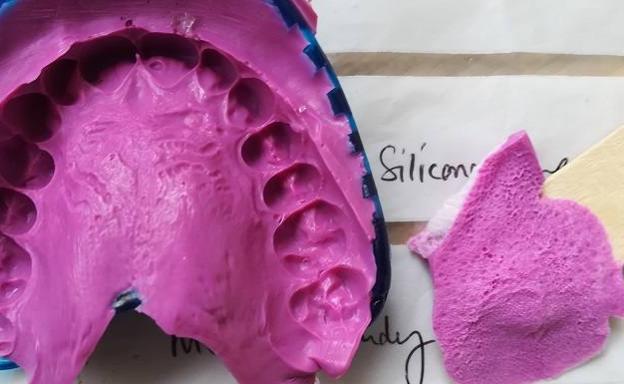3D printing makes its way into the human body. Many printers are already capable of creating biological tissues that can help heal wounds, and some are even capable of recreating bone structures.
Now, the lines of research are entering another world: biomimetic languages. They are silicone devices that allow food testing or, as their creators point out, help in therapies for diseases of the mouth.
Researchers from the University of Leeds have succeeded, through 3D printing, in reproducing a tongue that mimics the shape, elasticity and wettability of the human organ.
“Recreating the surface of an average human tongue brings unique architectural challenges ,” says Dr. Efren Andablo-Reyes, a researcher at the College of Food and Nutrition Sciences in Leeds.
The human tongue is made up of hundreds of papillae , which, together with the rough texture, create a structure “complicated from a mechanical perspective.” For its development, British researchers were in charge of scanning a large group of languages.
In total, 15 adults passed through the Leeds School of Mechanical Engineering, who spent more than two hours without eating or drinking to avoid errors in the “digitization” of the body.
An investigation that allowed the researchers to discover the role of the papillae, which “seems to play an important sensory role,” says one of the authors of the research.
For the molding, the team used computer simulations and mathematical calculation to create an artificial 3D-printed surface, “which works like a mold containing holes with the shape and dimensions of the different papillae randomly distributed across the surface with the correct density.” , the investigation points out. “It was replica molded against elastomers for optimized softness and wettability,” he adds.
The objective of the research is to replicate these mechanical characteristics of the human tongue on a surface and then be able to use it in a laboratory and try to replicate how the language would respond to certain actions.
“This biomimetic tongue surface could also serve as a unique mechanical tool to help detect counterfeits in high-value foods and beverages based on textural attributes, which is a global concern and can help ensure food safety,” detail the promoters of the investigation.










